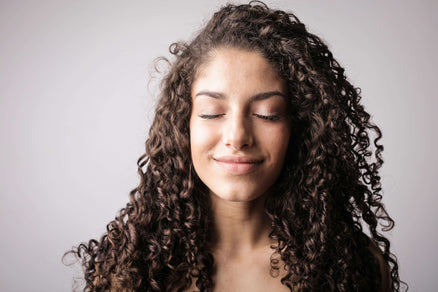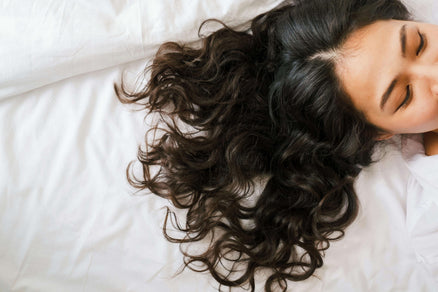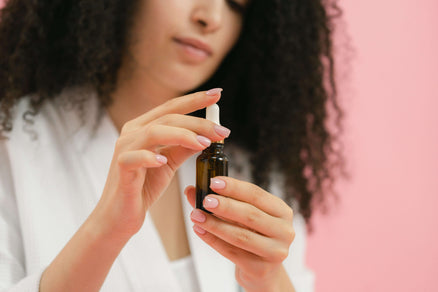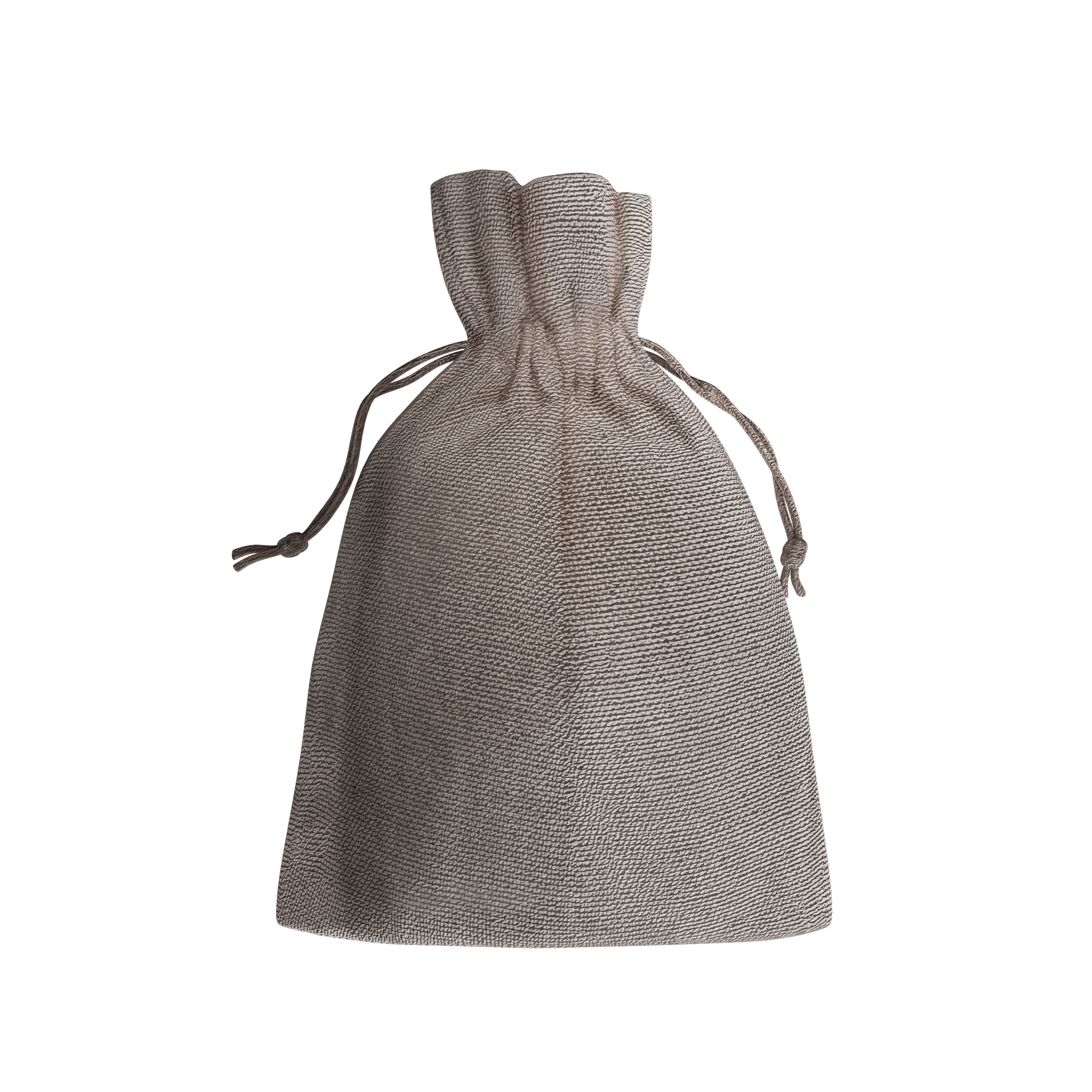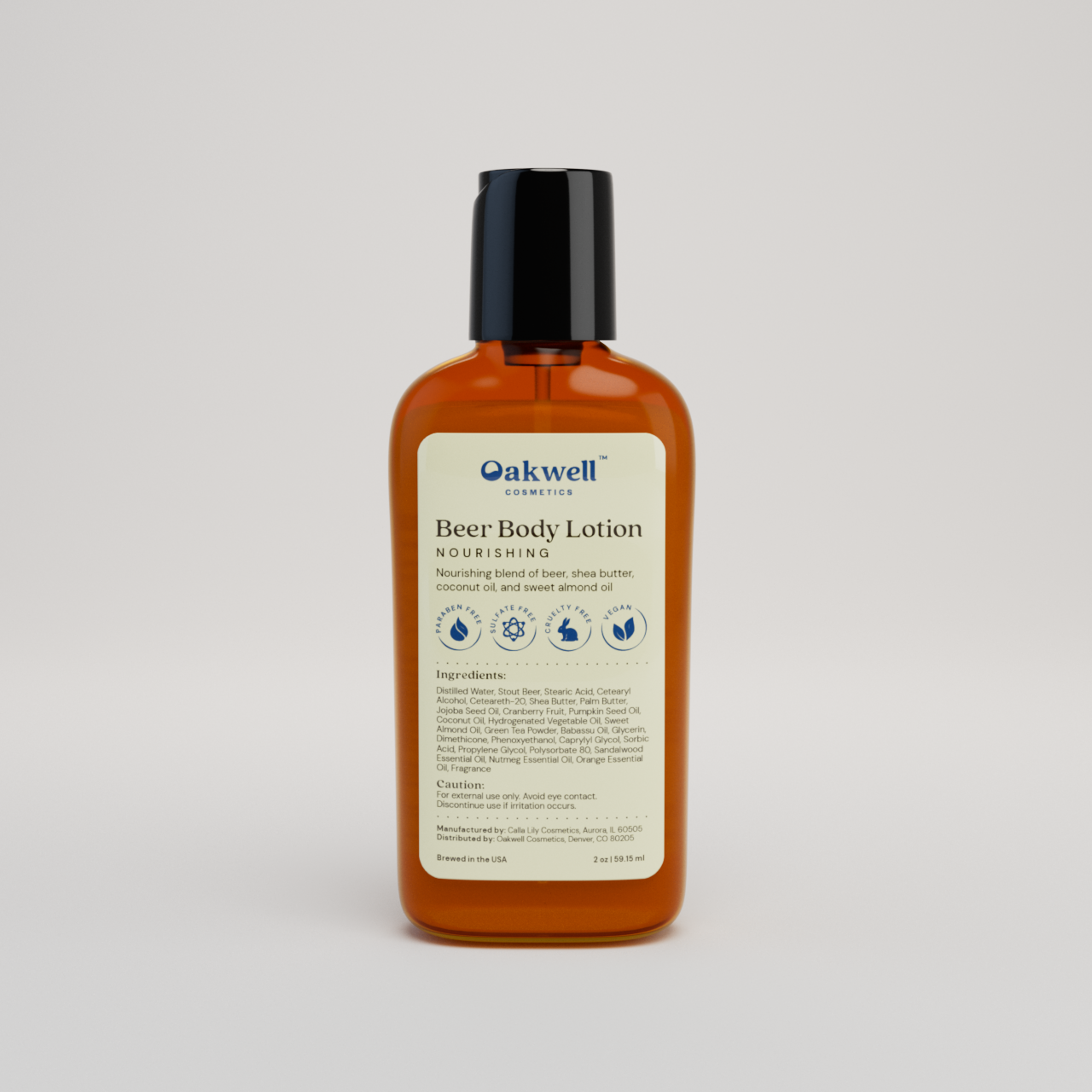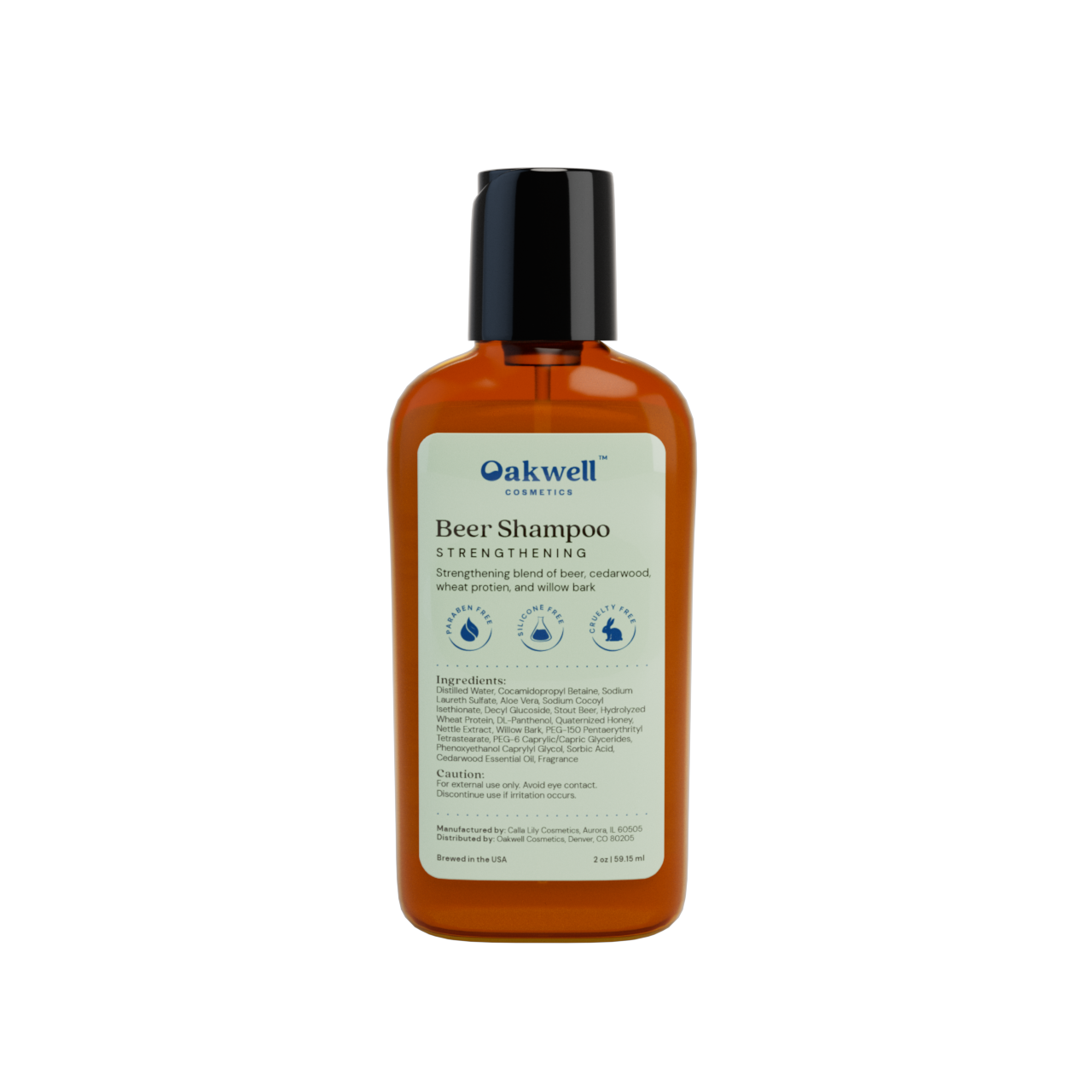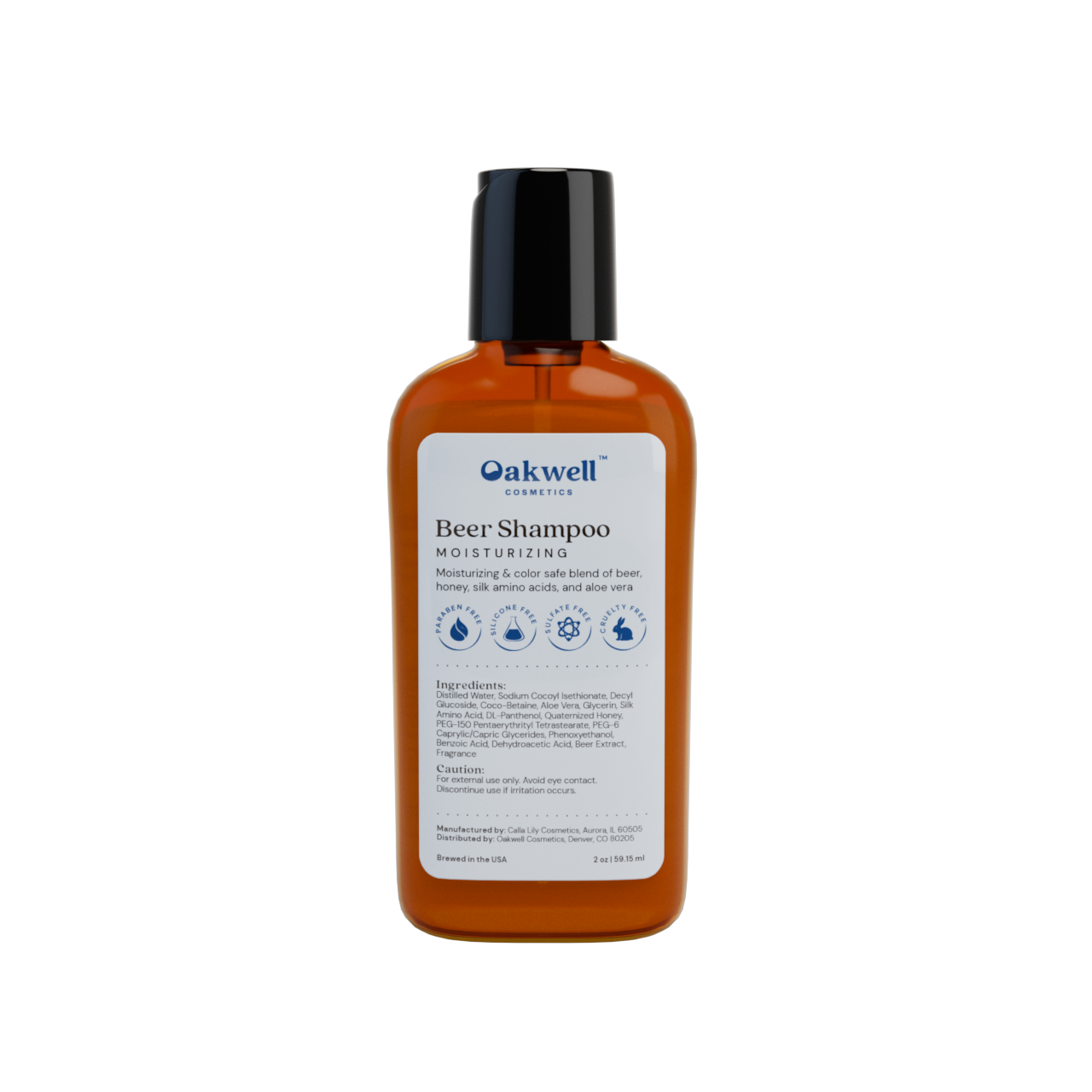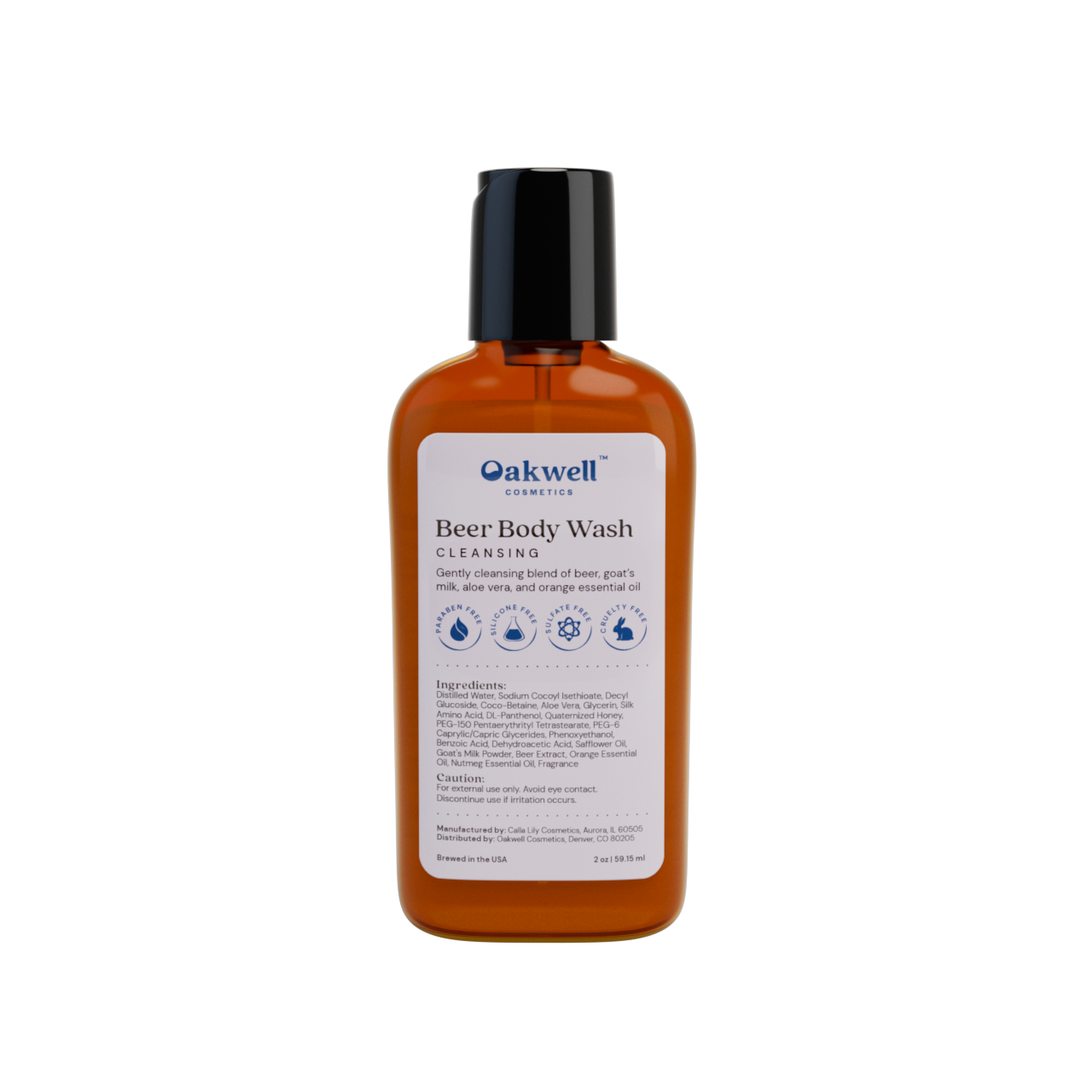Hair Mask vs Hair Oil: Which Is Better?

When it comes to hair care, you might wonder about hair mask vs hair oil — which one should you use, and when? Both help nourish and protect your hair, but they work in different ways.
If your hair feels dry, dull, or frizzy, knowing when to use a hair mask or oil can make a significant difference. One repairs from within, while the other protects and nourishes from the outside.
To help you decide which is best for your hair care routine, we asked Melissa Souza, hairstylist and owner of Styled x Melissa, to share her expert insights.
Below, we’ll explore the difference between the two products, which one you should use, and whether both are an option. We’ll also share our favorite products and answer common questions.
What’s the difference between a hair mask and hair oil?
The main differences between a hair mask and hair oil are how they work and how often you should use them. A mask deeply conditions and repairs, and it’s best for occasional use. Hair oil smooths and protects, and can be applied as often as daily to maintain softness and shine.
Hair Mask: How It Works & Helpful Tips
A hair mask is a deep conditioning treatment that nourishes, repairs, and strengthens hair from within. Unlike a regular conditioner, Souza explains that a mask penetrates the hair shaft to deliver hydration, protein, and nutrients that restore damaged hair.
Hair masks work through the cuticle to replenish moisture and rebuild structure, leaving your hair softer, stronger, and more elastic. This helps repair damage from coloring or heat styling, improve elasticity, and enhance shine for overall hair health.
Souza recommends using a hair mask once a week or every other week, depending on your hair type and needs. For oily hair, apply once or twice a month, focusing on the ends to avoid buildup.
Hair Oil: How It Works & Helpful Tips
Hair oil is a blend of natural oils, like argan, jojoba, or coconut, made to nourish and protect hair. Unlike a mask, oil primarily works on the surface to seal moisture, smooth frizz, and boost shine.
Souza explains that hair oils can often be used as often as daily, especially for added softness and protection. For extensions, a light oil twice a day helps replace the natural oils the scalp would usually produce.
When using hair oil, it’s best to focus on the mid-lengths and ends. Heavier oils like coconut or castor should be used sparingly once or twice weekly or as a pre-shampoo treatment.
Hair Mask vs Hair Oil: Which Is Better?
When deciding if you should use a hair mask or hair oil, Souza says to consider your hair type and goals. While both can promote hair growth and overall hair health, a hair mask is best for occasional deep repair, while hair oil suits more frequent use and daily maintenance.
Choose a mask if your hair has been treated or feels dry, brittle, or damaged. Use hair oil for daily nourishment, frizz control, and maintaining healthy hair.
Using a Hair Mask & Hair Oil
Souza says you can also use both a hair mask and hair oil, as they complement each other when used correctly. Use a hair mask once a week for deep repair, then rinse it out and apply hair oil to the mid-lengths and ends to seal in hydration and add shine. You can also use hair oil on its own several times per week or even daily to maintain softness and manage frizz.

Hair Mask vs Hair Oil: FAQs
Learn more about using a hair mask and hair oil with answers to common questions below.
What goes first, hair oil or hair mask?
Use a hair mask first, then apply oil afterward. The mask repairs and hydrates the hair, while oil locks in moisture and adds shine.
Can I use hair oil as a hair mask?
Since hair oils and masks work differently, they aren’t meant to replace each other. Hair oils mostly coat and protect, while masks nourish and repair from within. Try using a mask weekly or bi-weekly for deeper hydration and oil more frequently to maintain hair health.
Do you do a hair mask before or after shampooing?
Shampoo your hair before applying a hair mask to remove buildup, which helps the mask absorb properly. After letting the mask sit, rinse it out with cool or lukewarm water to seal the cuticle and boost shine.
When should you not use a hair mask?
You shouldn’t use a hair mask if your hair is oily or tends to get weighed down easily, since it can make your hair feel heavier or greasier. If you think you might still benefit from the extra nourishment, try using it less often — about once or twice a month.
Do you put hair oil on wet or dry hair?
You can apply hair oil on wet or dry hair, depending on your goal. Use it on dry hair for frizz control or styling, and on damp hair after washing to lock in moisture.
Hair Mask vs Hair Oil: Conclusion
Both hair masks and oils can support healthy hair. The best one for you depends on your goals and hair type. Masks work well for dry or damaged hair to repair and strengthen from within, while oils protect and maintain softness for all hair types between treatments. You might also use them both for extra nourishment.
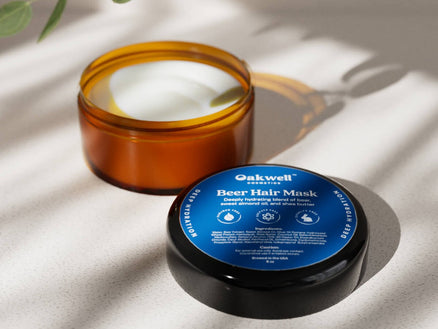
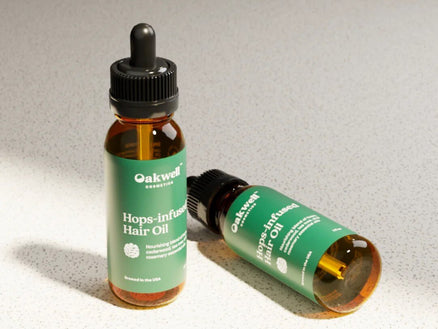
Become a part of our community and be the first to learn all there is to know about Oakwell
